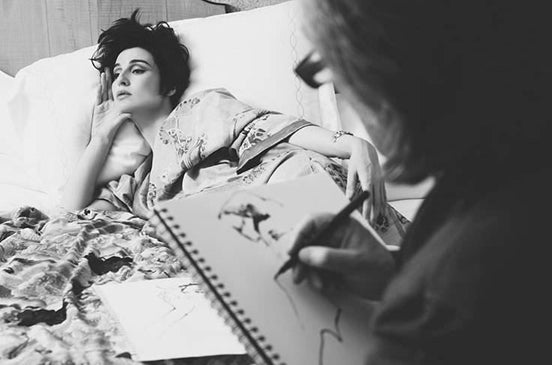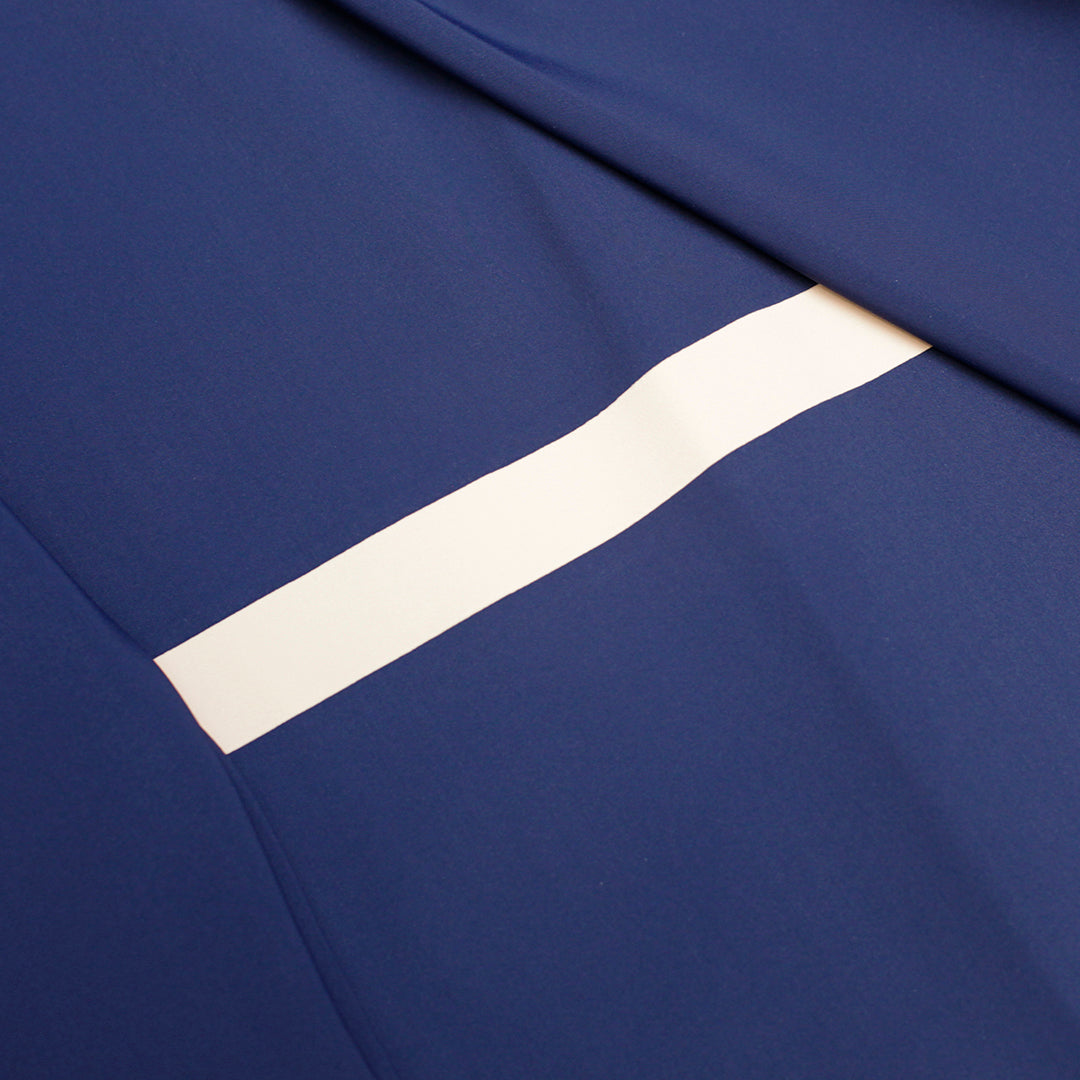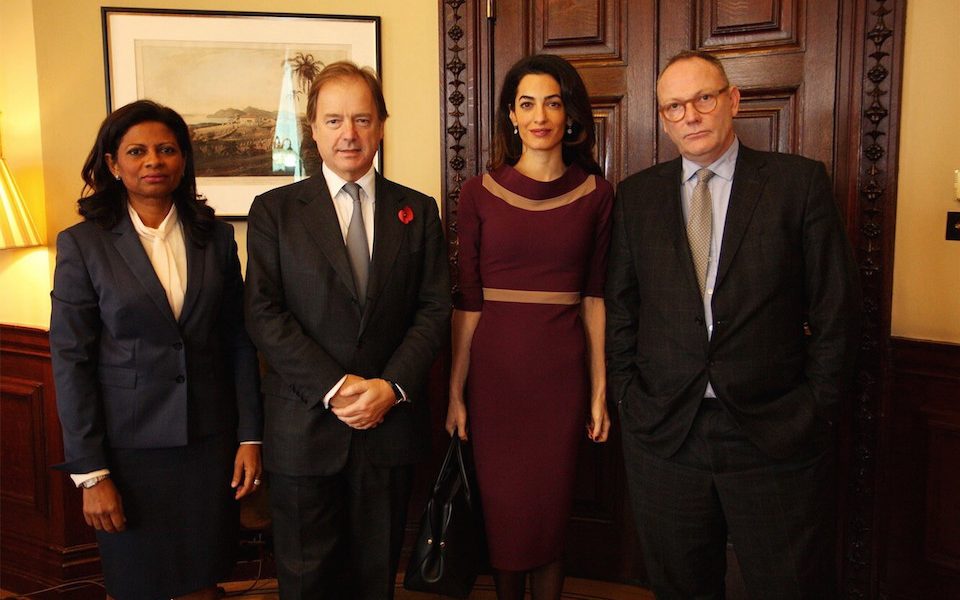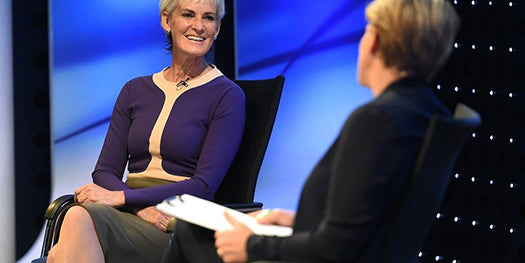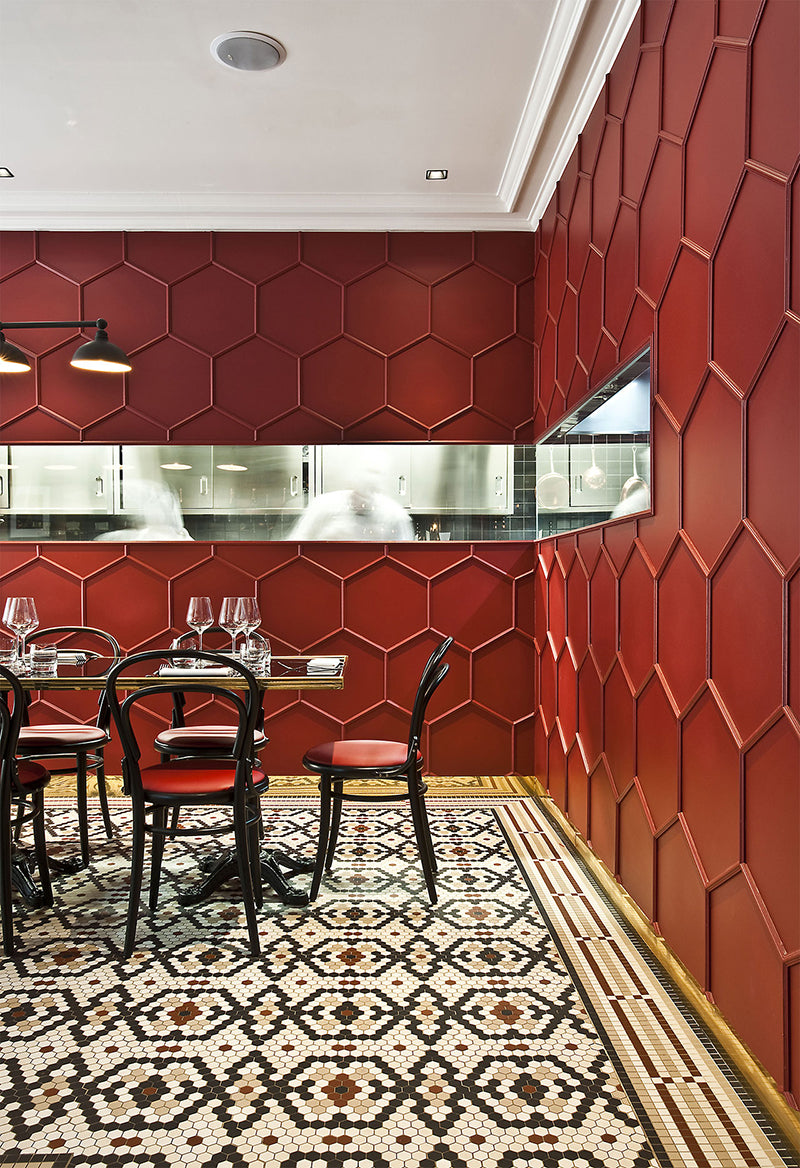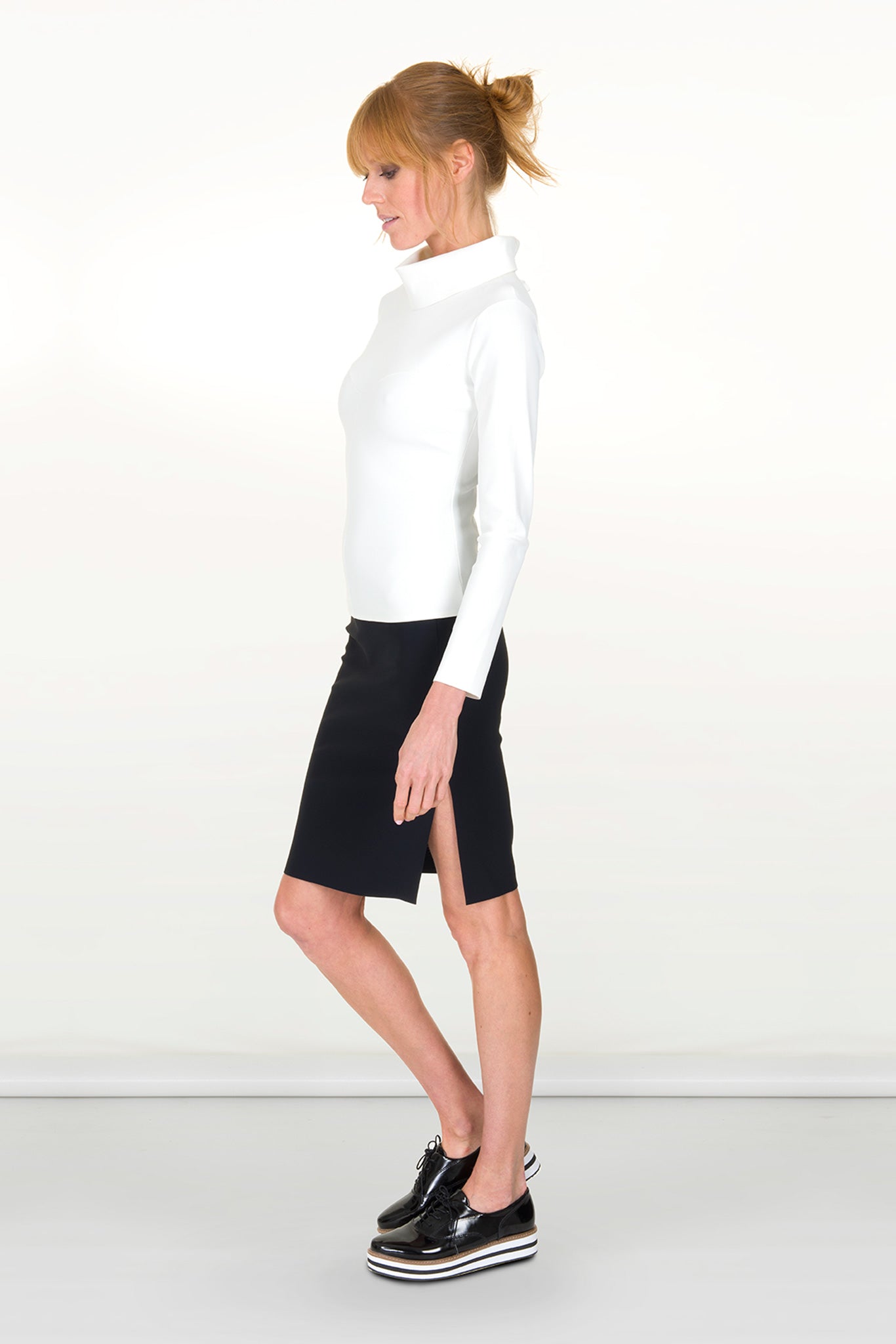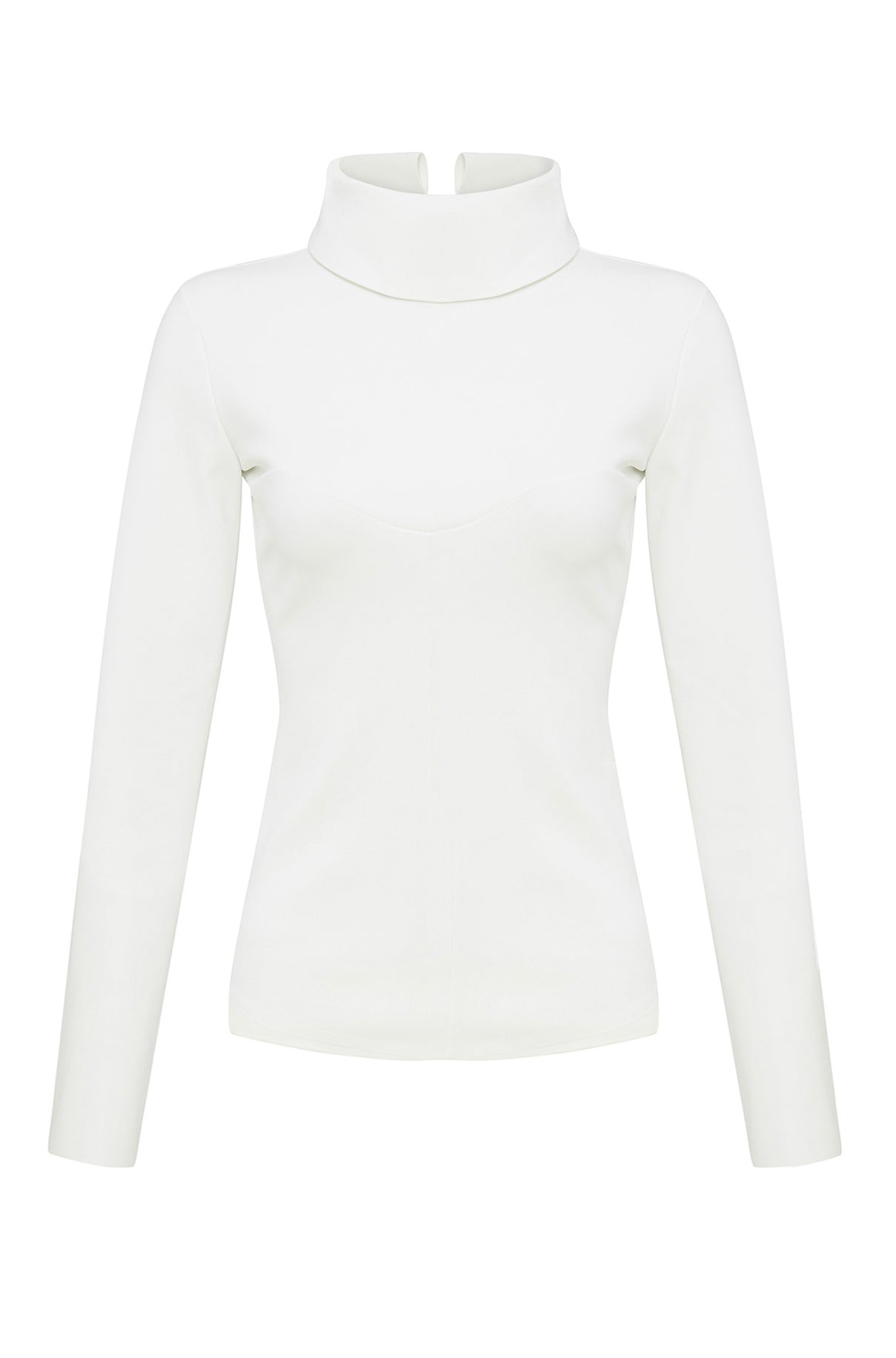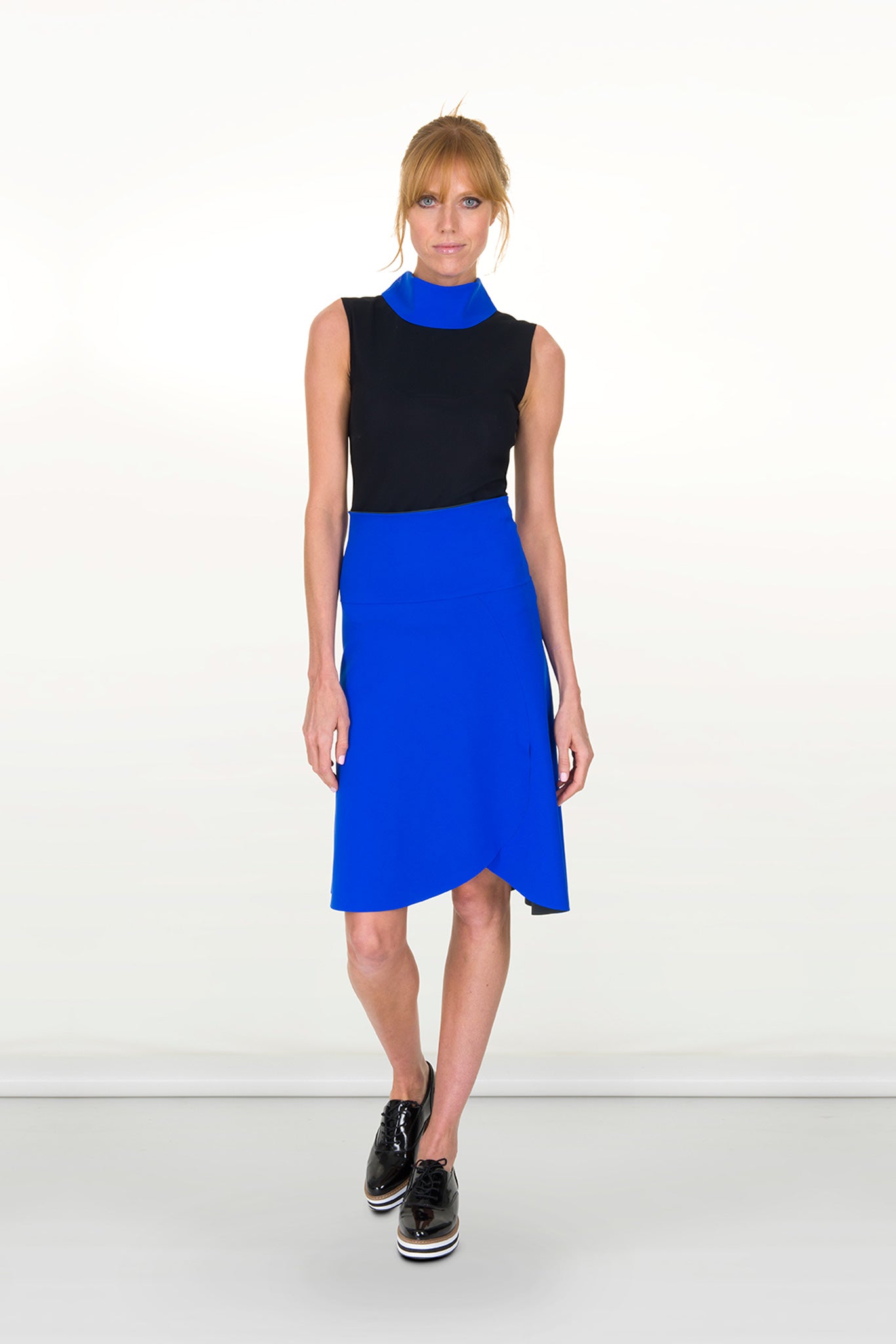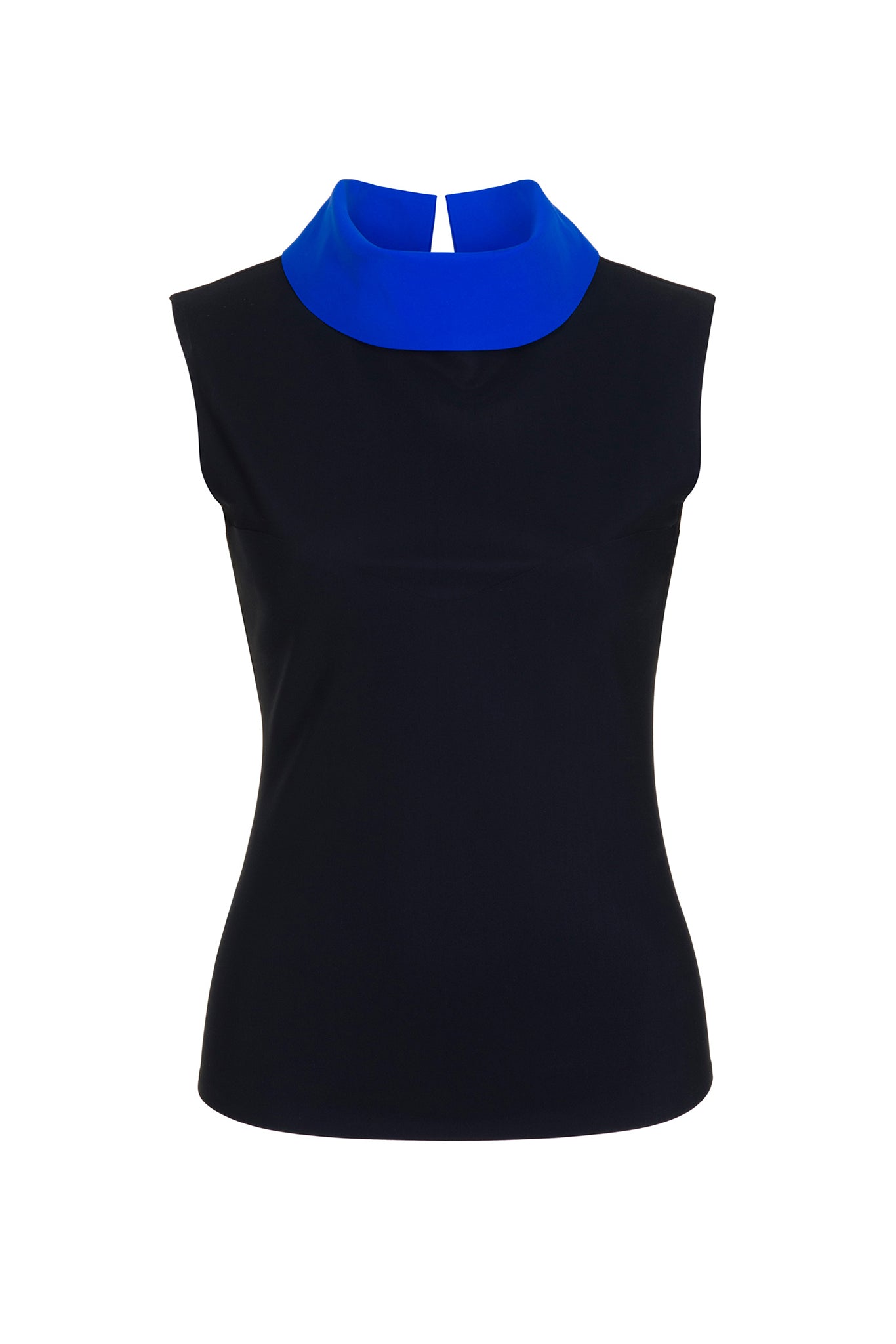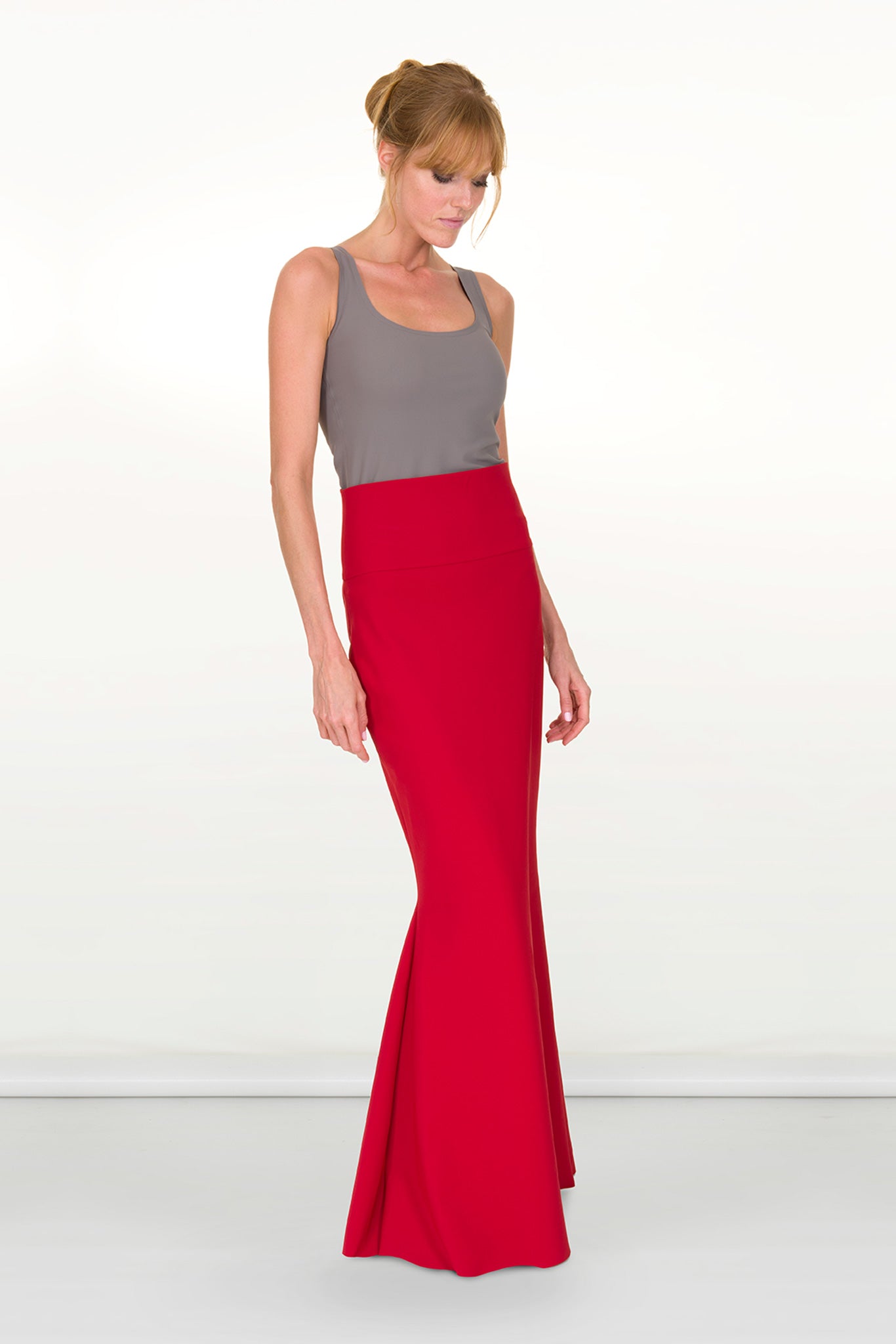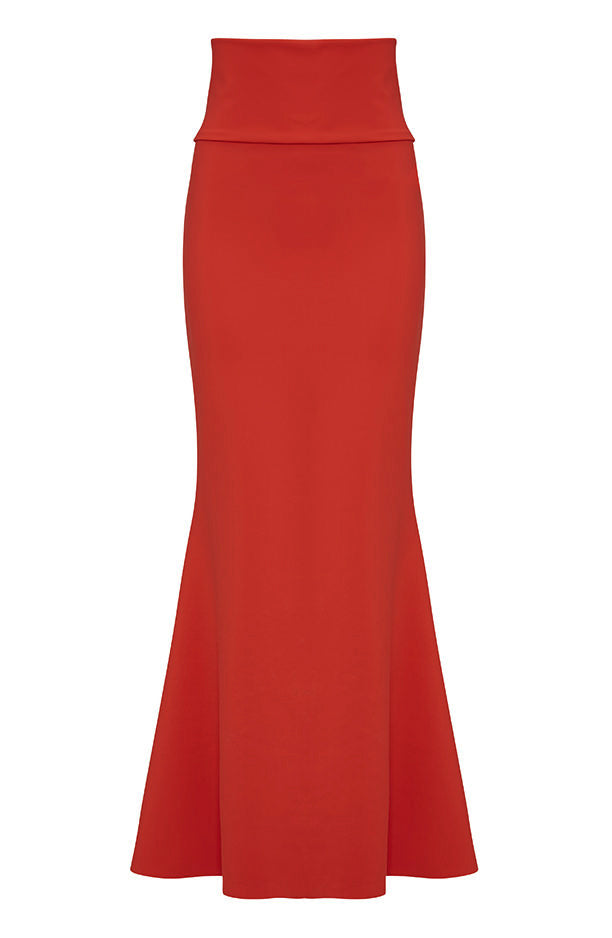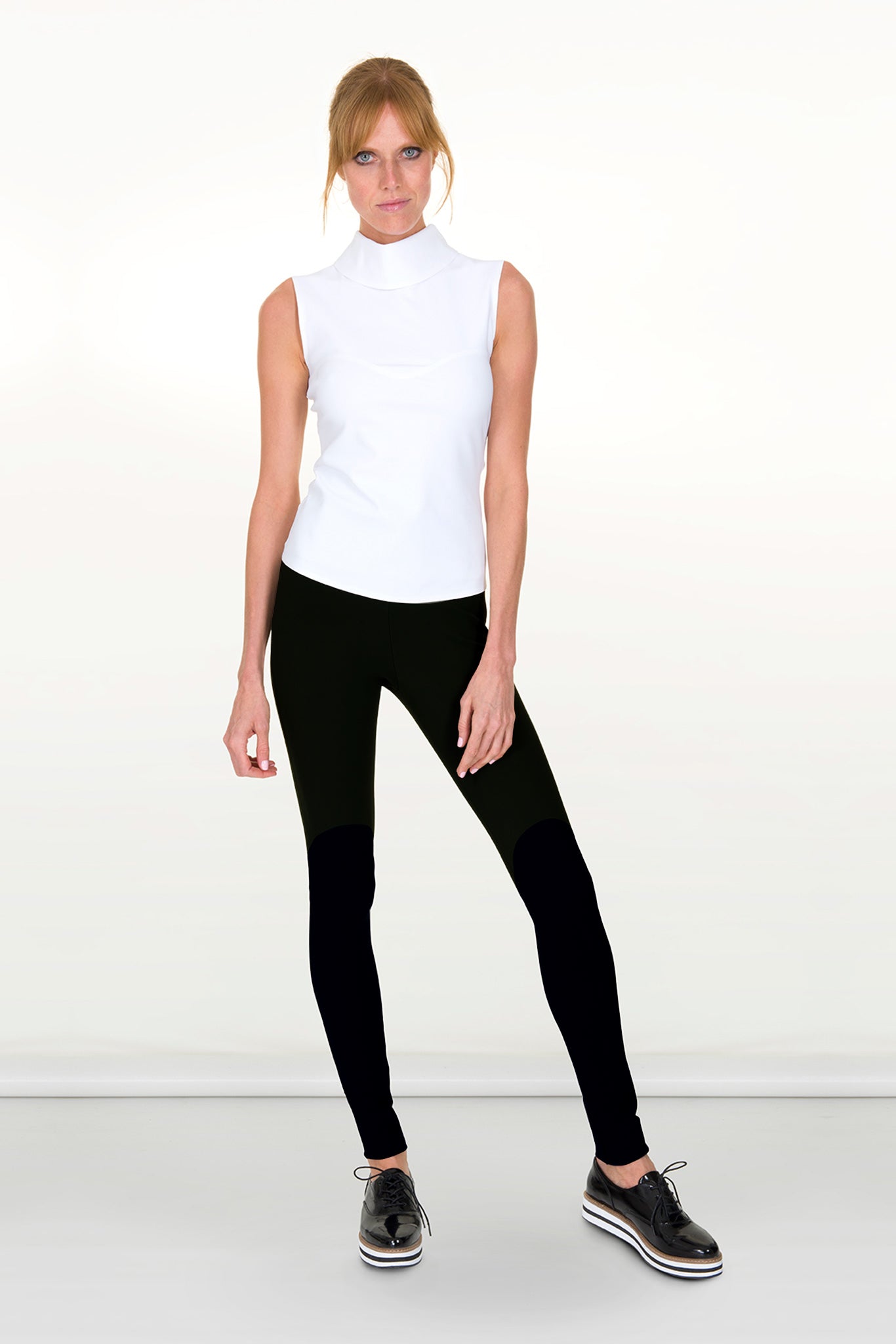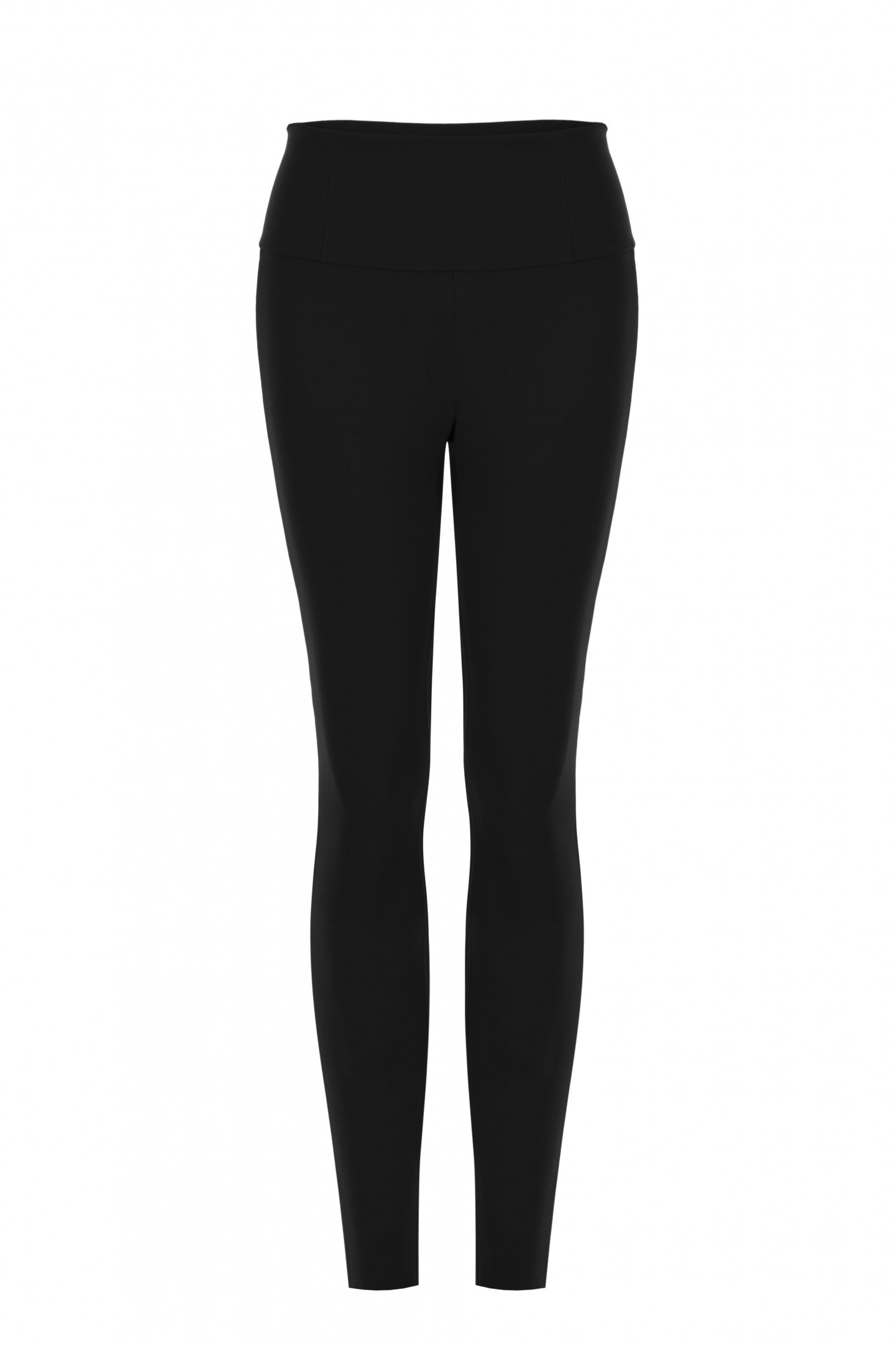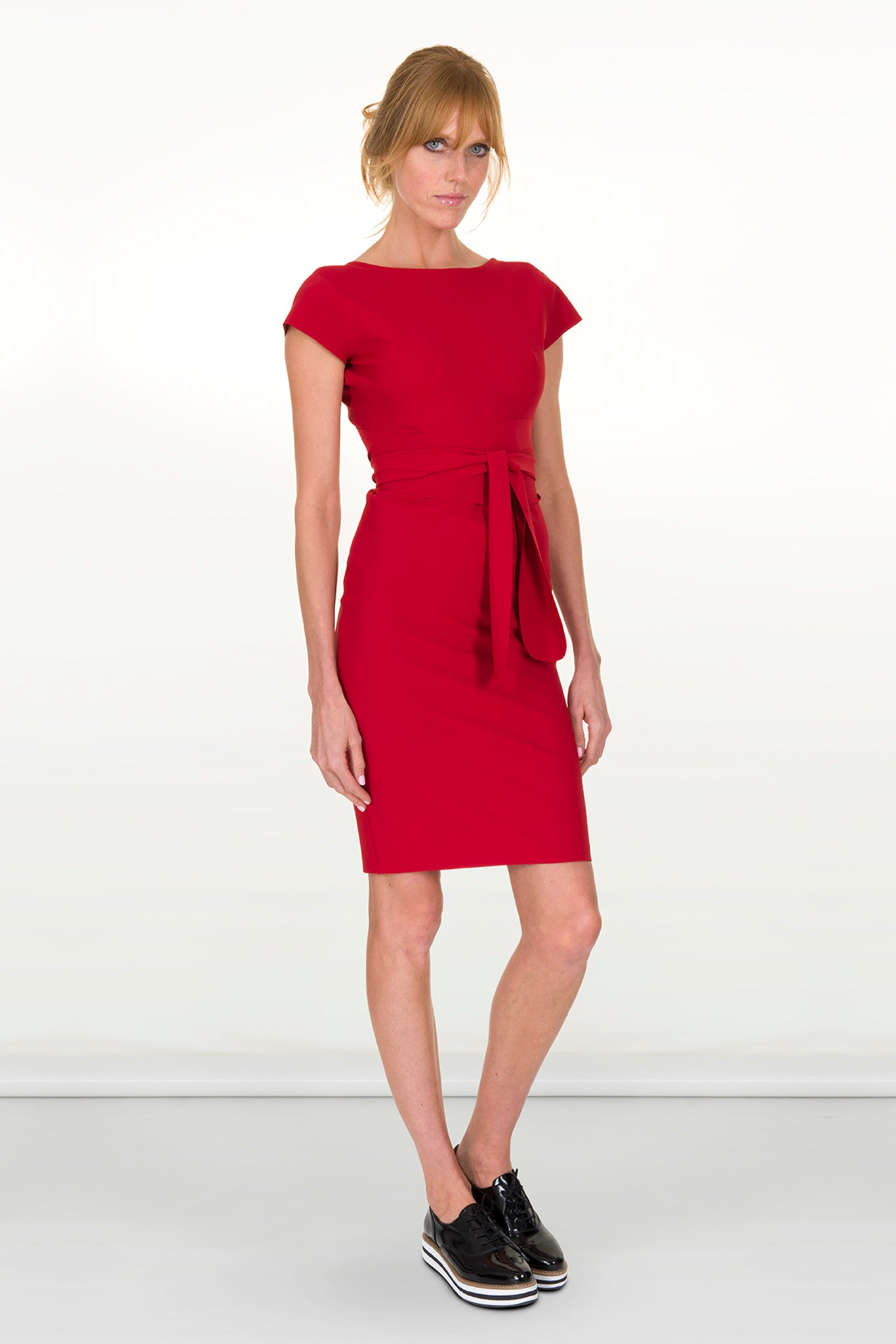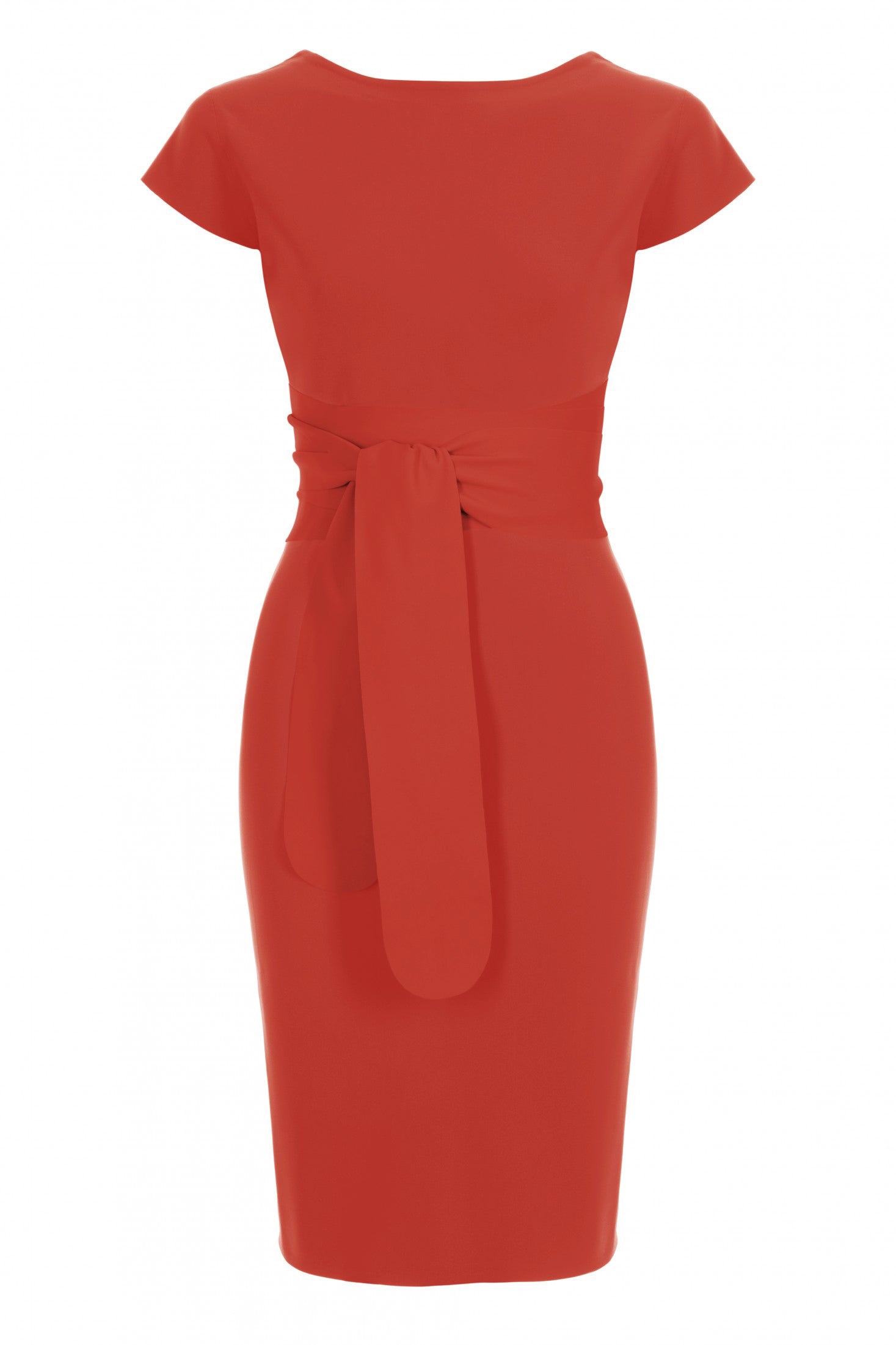Three iconic artists and their ultimate feminine dresses
In this post, we re-imagined our three favourite iconic artists who centred their artwork around different concepts of “femininity” in different types of woman and dress.
Erté’s melancholic chanteuse
An obituary is not usually considered the best way to start an inspirational and uplifting piece of writing, but the homage the New York Times paid Erté when he died – in 1990 – is rather poignant: ‘Born into an aristocratic family in St. Petersburg on Nov. 23, 1892, Erté was attracted to the theatre and at one point wavered between becoming a dancer or an artist. But eventually, he recalled years later, ”I came to the conclusion that I could live without dancing but could not give up my passion for painting and design.”’
Born in St.Petersburg, Erté, a master of fashion, moved to Paris in 1912 and collaborated with a diverse range of dancers and designers including Paul Poiret. Throughout his early life, he always was fascinated by exotic, colourful and intricate patterns such as Persian art. Eventually such designs became the pillar of his captivating artwork.
Following this long-term relationship with Harper’s Bazaar between 1915 and 1937 as an illustrator and fashion designer, his influential work not only made a series of magazine covers, but was also believed to have shaped an entire art movement that was to become known as “Art Deco”.
As his interest in the theatre persisted, he also designed theatre costumes for popular dancers, including an exotic young performer named Mata Hari, who would later be shot as a spy for the Germans in 1917.
In the book published for his 95th birthday, Erté wrote that he preferred variety in his life. ”I loathe wearing the same clothes two days running or eating the same dishes over and over again,” he wrote. ”I’ve always loved traveling because it varies the decor of my life. Monotony engenders boredom and I have never been bored in my life.” ”I’m in a different world,” he wrote, ”a dream world that invites oblivion. People take drugs to achieve such freedom from their daily cares. I’ve never taken drugs. I’ve never needed them.’
In fact, we love Erté’s art so much, we even created a Pinterest board dedicated to the Maestro. His delicate and sophisticated women play with geometry and lines to tell the story of an elegant chanteuse whose broken heart is hidden under rich colours and bold shapes, whose tears are concealed under lavish ornamentation. Symmetry, finesse and class, mixed with a wistful smile and a melancholic eye. So what music and which dress would she fancy?
Soundtrack: “Let’s Do It: Let’s Fall in Love”, Irène Bordoni that takes you back to the 1920’s fabulous and extravagant cabaret in Paris.
Dress: We need an elegant silhouette, yet outstanding eveningwear like Anais and Ava, for a modern woman who simply wants to have fun.
David Downton’s femme fatales
In an image-saturated age, we think that the unconventional shapes and whimsical lines of illustrations are becoming highly appreciated.
“Drawings tell the truth without needing to be accurate.”, said the British-born David Downton, or ‘‘an Oriental calligrapher” as described by Cristian Lacroix.
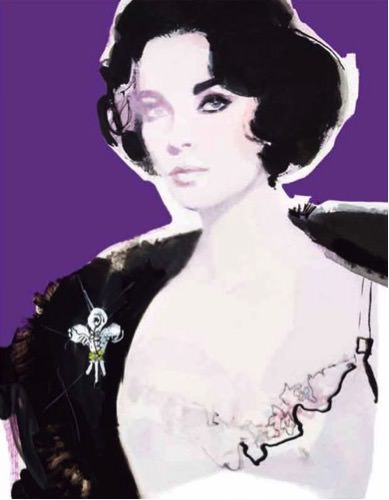

Effortless, subtle and arguably indistinct, his elegant drawings may be far away from clear-cut and well-defined fashion photography. Yet every sketch of his captures the spirits, souls and personalities of the models. Cameras may capture the external beauty of women, but they don’t necessarily do so when it comes to the “innate” beauty.
“His haiku of line and color, informed by art history (strokes of Pablo Picasso, Egon Schiele, Franz Kline) yet free of ego, play hide-and-seek with moments in time.” From the enchanting looks of Erin O’Connor to the glamour of Dame Joan Collins, to the alluring beauty of Elizabeth Taylor and the timeless charm of Carmen Dell’Orefice, his portraits of the most iconic and sensational female figures convey the mystery of femme fatale behind every woman.
(Image via Pinterest)
Soundtrack: “All Babes Are Wolves”, Spinnerette
Dress: Wrapped in a mystery, the woman of David Downton would pick the shaping dress Tatiana or hyper-feminine and practical dress Dana that heightens her silhouette, while at the same time allows any dancing moves because she isn’t hesitant to jump like a panther.
Leonor Fini’s flamboyant ladies
‘Marriage never appealed to me, I’ve never lived with one person. Since I was 18, I’ve always preferred to live in a sort of community – A big house with my atelier and cats and friends, one with a man who was rather a lover and another who was rather a friend. And it has always worked.’
Last but definitely not least, here is another favourite artists, Leonor Fini who was also known as the Queen of the Paris surrealist art movement. Born in Buenos Aires and raised in Trieste, she had never had formal painting training. She was never fearful of scandals, attentions and the public eyes, as she was “constantly in the news – fêted for her paintings, illustrations, theatre designs and, above all, her flamboyant bohemian lifestyle”.
It was also said that she would dye her hair in bright colours, go to parties dressed as a man, or even wearing nothing but white boots and a cape of white feathers.
Perhaps it is not too much to say that her spirit is slightly reminiscent of that of Vivienne Westwood, and her demeanours like those of Bianca Jagger? She would have been labelled as a witch if it were the 18th century. Otherwise, in the language of today, we would be more tempted to call her a “badass”. So how was she perceived in the early 1920s? She was, undoubtedly, a rare breed.
How did her sense of independence reflect on her artwork? There is something dreamy, surreal and moderately uncanny about her magnificent paintings. While often forgotten, she is also said to be the only painter to feature women in art ‘without apology’. Many of her artwork is centred on beautiful and powerful female figures in ceremonial or provocative circumstances. Men, on the other hand, are often portrayed as supple and graceful figures who are under the protection of her female figures.
Having been inspired by Salvador Dali, Max Ernst (who also happened to be one of her many lovers), she was one of the few female artists who broke into the world of male-dominated surrealist art movement.
Soundtrack: ‘’Hoppipolla” by Sigur Rós
Dress: A strong, bold and independent woman like Leonor Fini herself would find ample and versatile dresses such as Stellaria and Aline the perfect fit, don’t you think?

